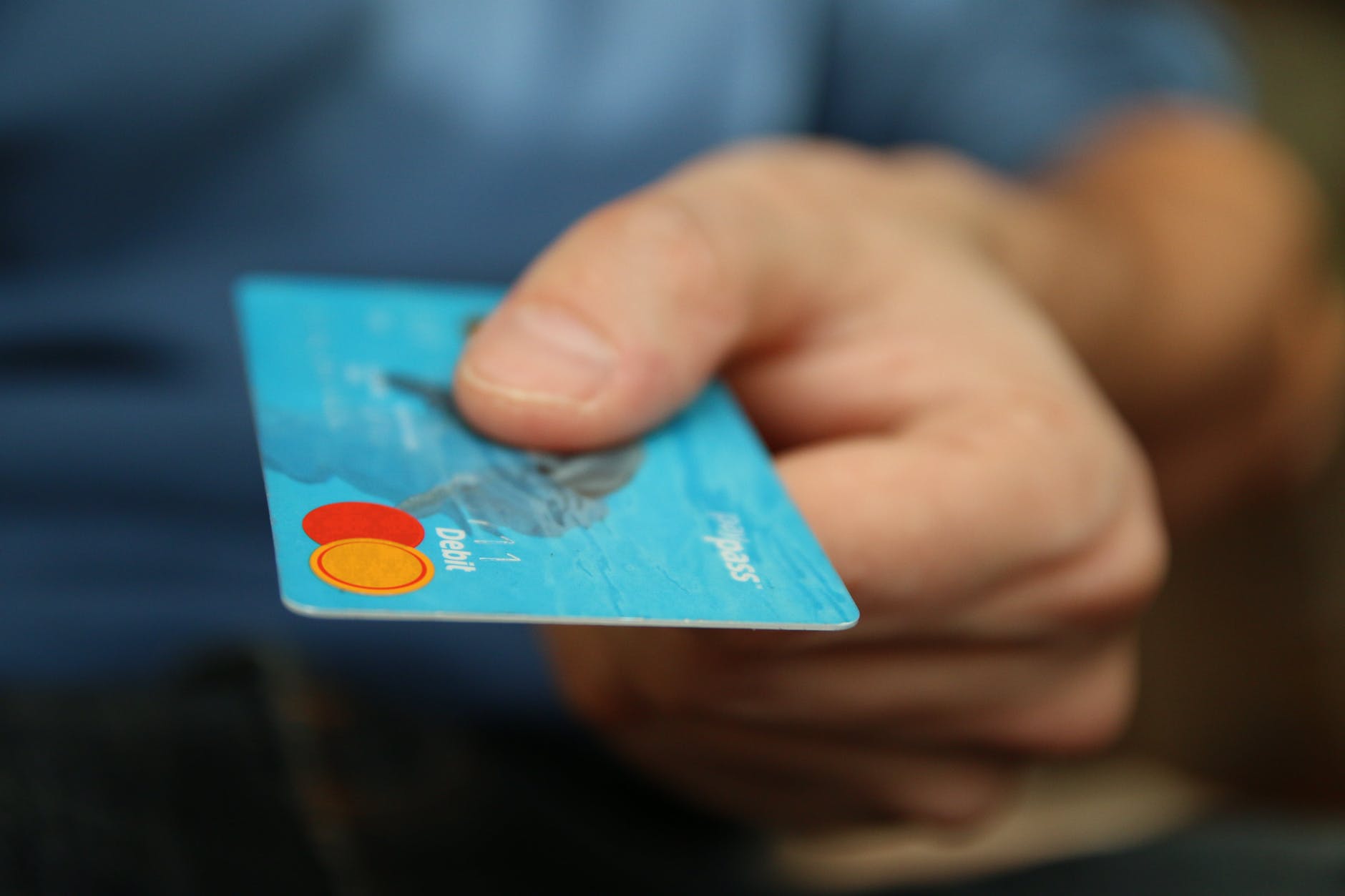It’s 2020 and – when it comes to transactions – the words ‘cash only’ incite more horror than Bram Stoker’s entire works. Like it or not, we live in a digital age – which means that if you don’t have systems in place, you could be missing out.
With tonnes of options on the table, we understand that it’s confusing. But, luckily for you – we know what we’re talking about. So, if you’re ready to accept phones as well as fivers – here are a few to get you started.
Paypal.
Paypal is, of course, a household name – and cashless payments are what they’re known for. When it comes to money, it’s nice to have a name you can trust – and, with approximately 7 million business users worldwide – trust is exactly what Paypal’s got.
When it comes to taking payments, you can do so both online and in person – which makes life easier for those whose businesses deal in both. The card reader costs a wholly acceptable £45, and works by connecting to a handheld device such as a phone or tablet – making it nice and portable. The setup is quick and easy, and the reader itself is covered by a year-long warranty – a nice touch for any initial hiccups.
Paypal accepts all major credit and debit cards, provides tried and tested fraud protection, and their system offers extensive integration with accounting software. As an added bonus, Paypal also allows an instant settlement time – which means that your payments are instantly available, and instantly accessible in your online Paypal account – something that not all rivals are quick to offer. Transaction fees can be pretty standard, but beware they work on a sliding scale – so work out best for high earners.
GoCardless.
GoCardless is best for recurring payments and is popular for property, or for contracts in B2B transactions. The system supports international direct debits – important for overseas clients – and, like Paypal, integrates well with software such as Quickbooks and Xero – important for your accountant.
The GoCardless process works by first inviting your customers to complete a direct debit mandate – a quick and easy form which can be sent by email, or through a link, and can even be branded with your logo. From this, you are able to take regular payments on the agreed payment date, with the flexibility to change the amount or date as and when necessary. Funds are automatically collected, and the customer duly notified. If you don’t currently use accounting software – GoCardless also offer their own online dashboard for managing payments and will notify you immediately of any failed payments. Simple.
Stripe
Stripe works best for solely online transactions – for example, in ecommerce. The selling point of Stripe is its ‘meticulously designed’ APIs (Application Programming Interface) – software that allows different applications or interfaces to communicate with each other (no, we had no idea either) – which allow the possibility for beautifully designed, and custom ecommerce experiences which integrate with your current website.
The software truly is cutting-edge, and the forward-thinking nature of it allows for updated features every month, as well as the scope for integration with any new technology that might come our way. The transaction fees are standard, and their users include big names, such as Deliveroo.
The catch? Coding. Those pesky APIs are free, simple, and readily available for you to use – but you need to know how to use them. For companies with development resources, Stripe is ideal. But if you’re as clueless as we are, you’ll have to hire a freelancer, or integrate Stripe’s system through another ecommerce platform – both will cost you extra.
Cashless payments can certainly speed up how you get paid, improving your cash flow and taking your business to the next level.
If you’d like to know more about how we can help you with your business growth, get in touch with a member of our team today.

